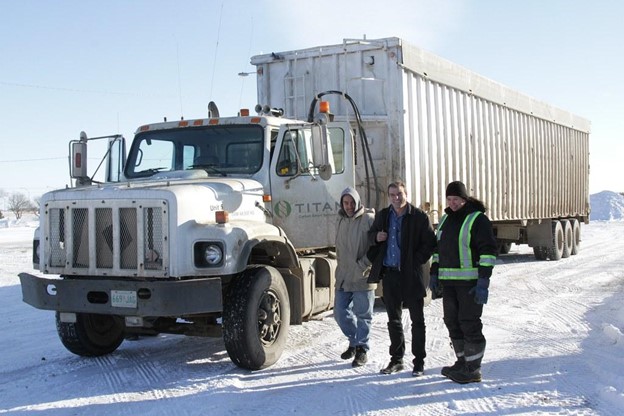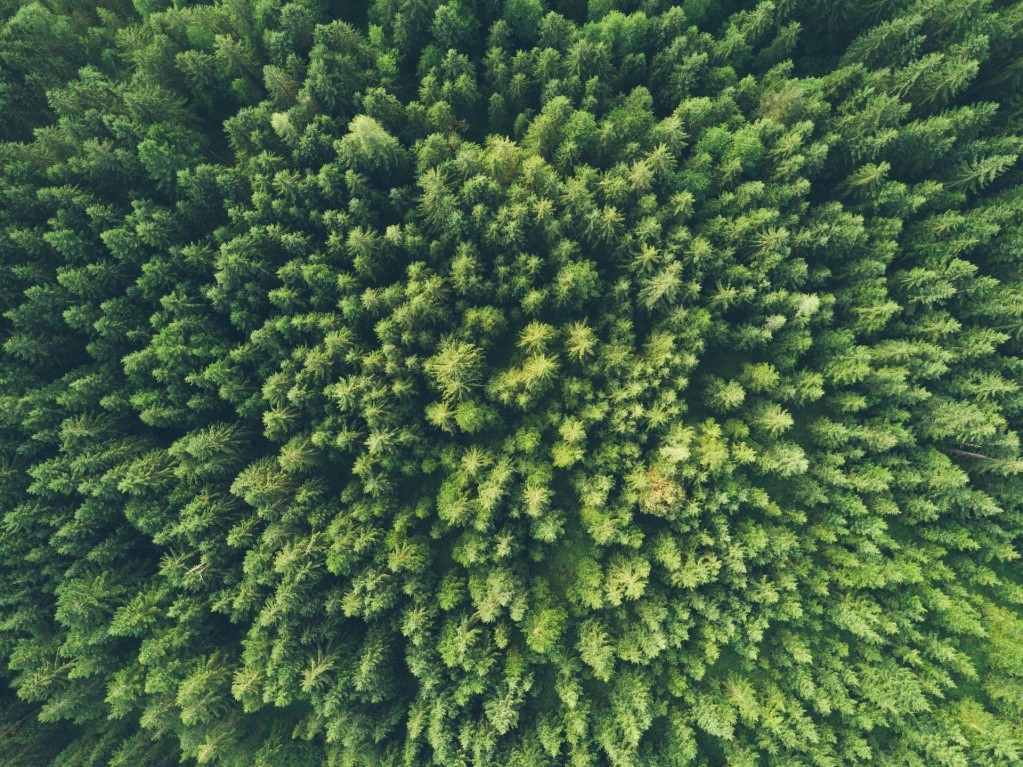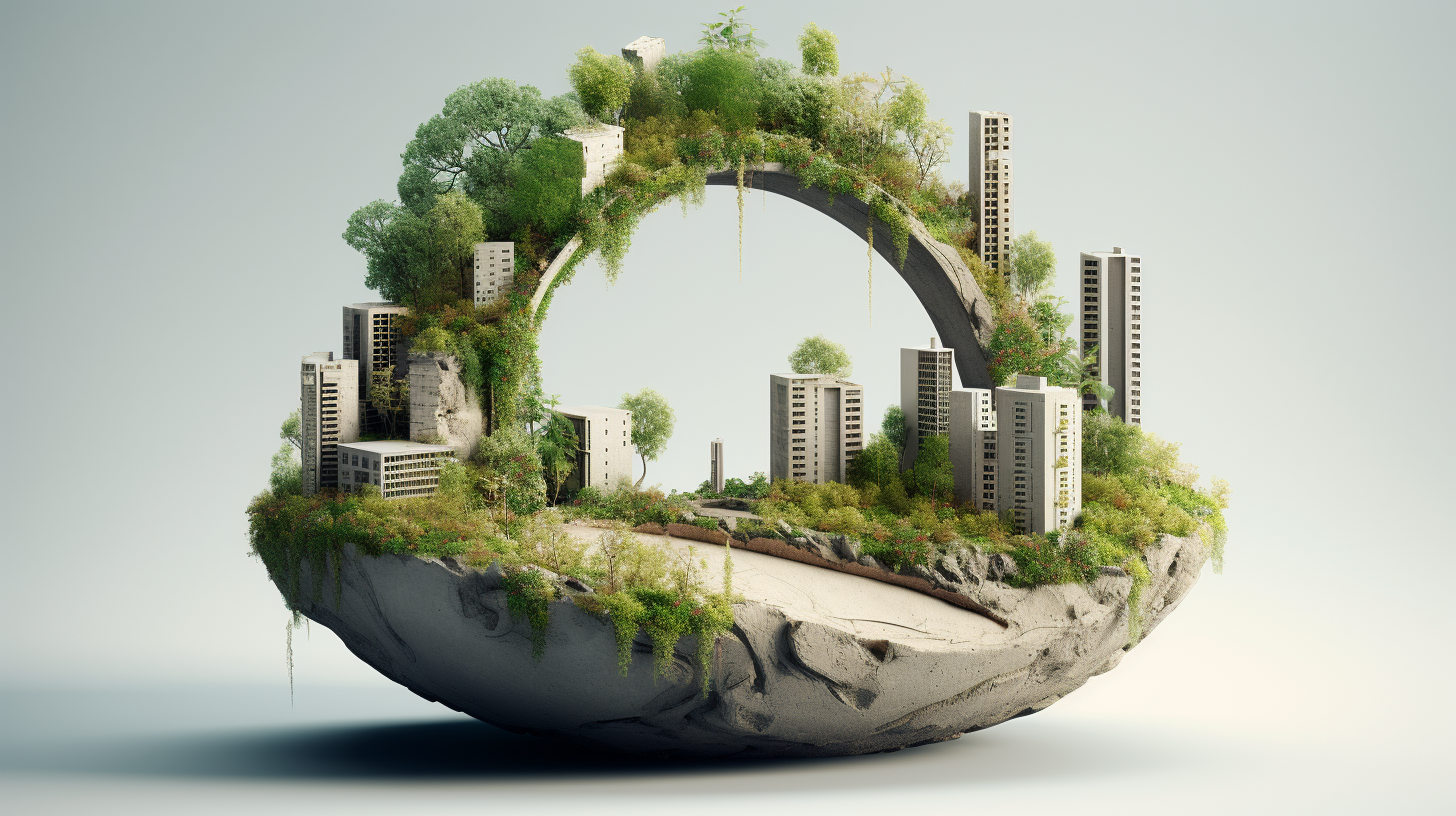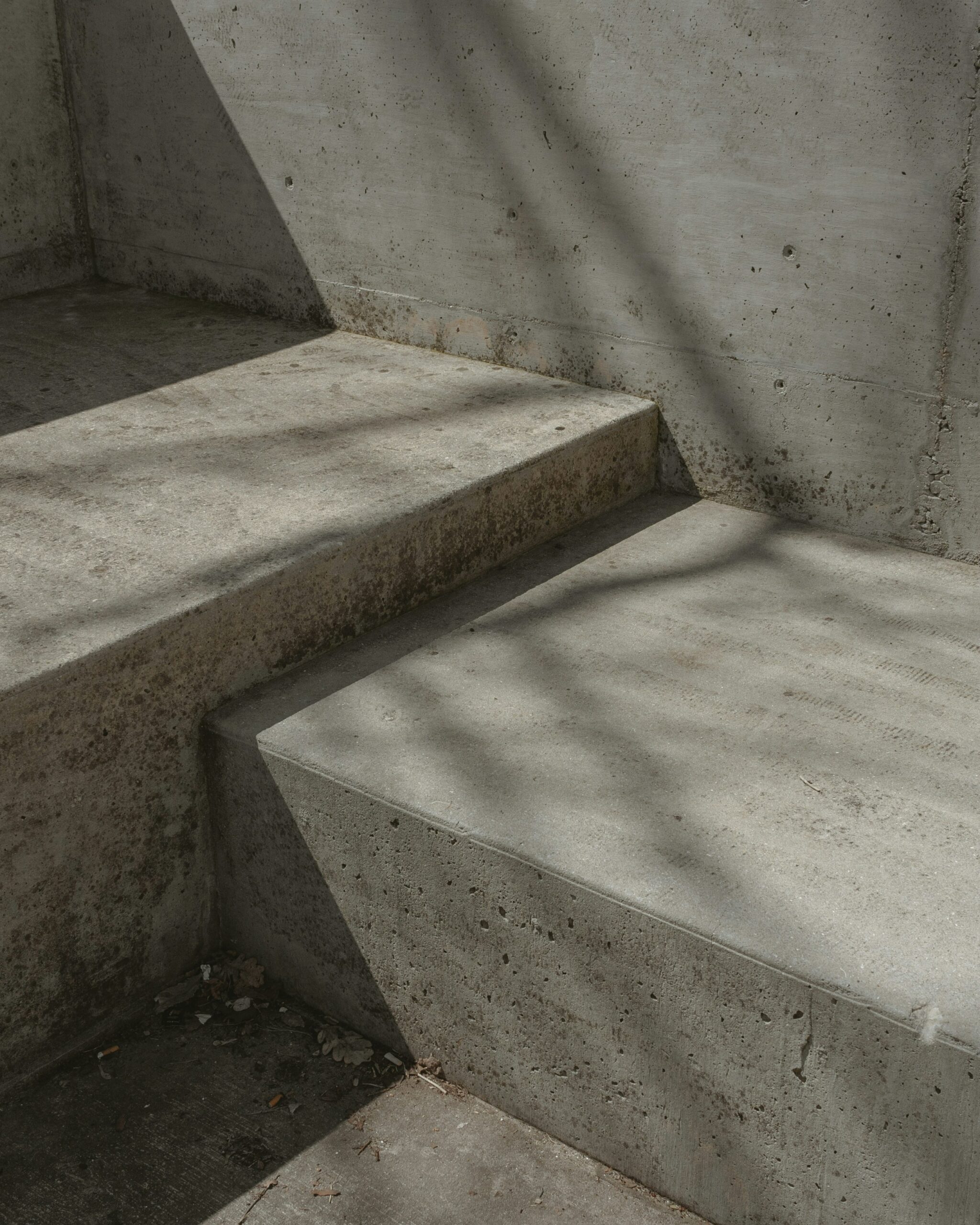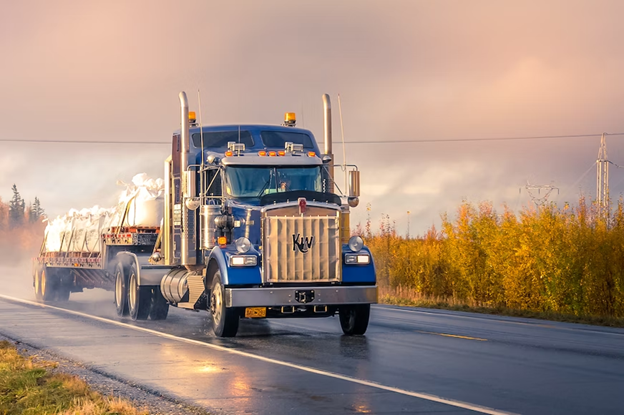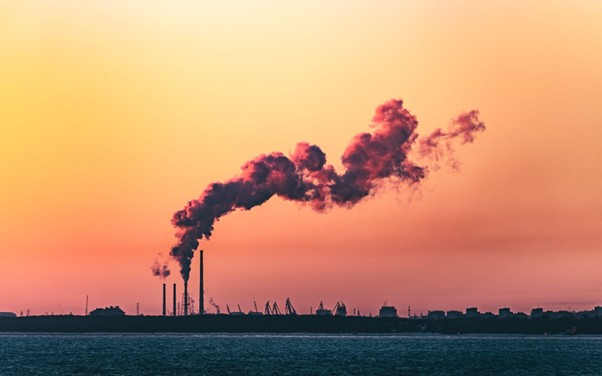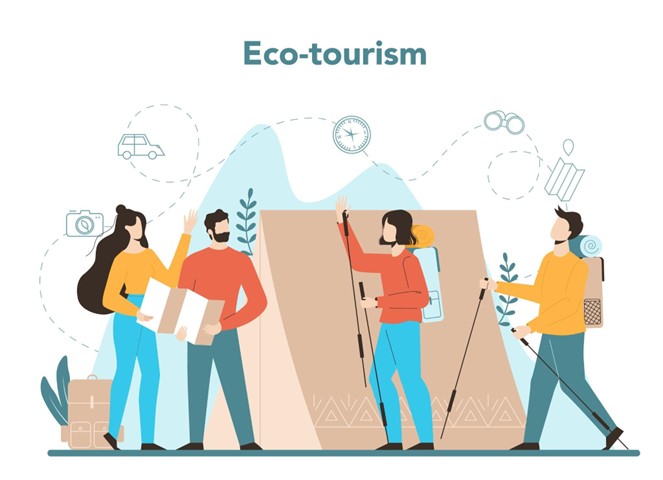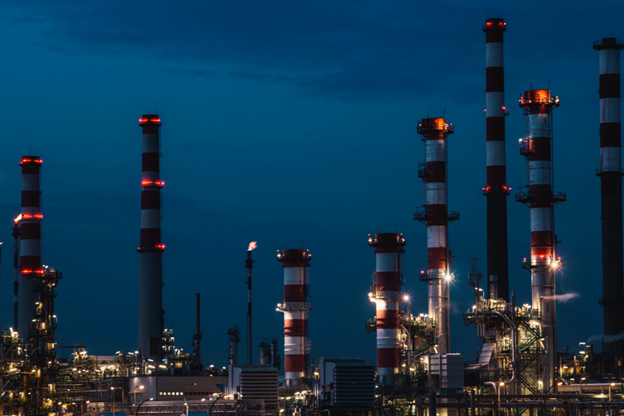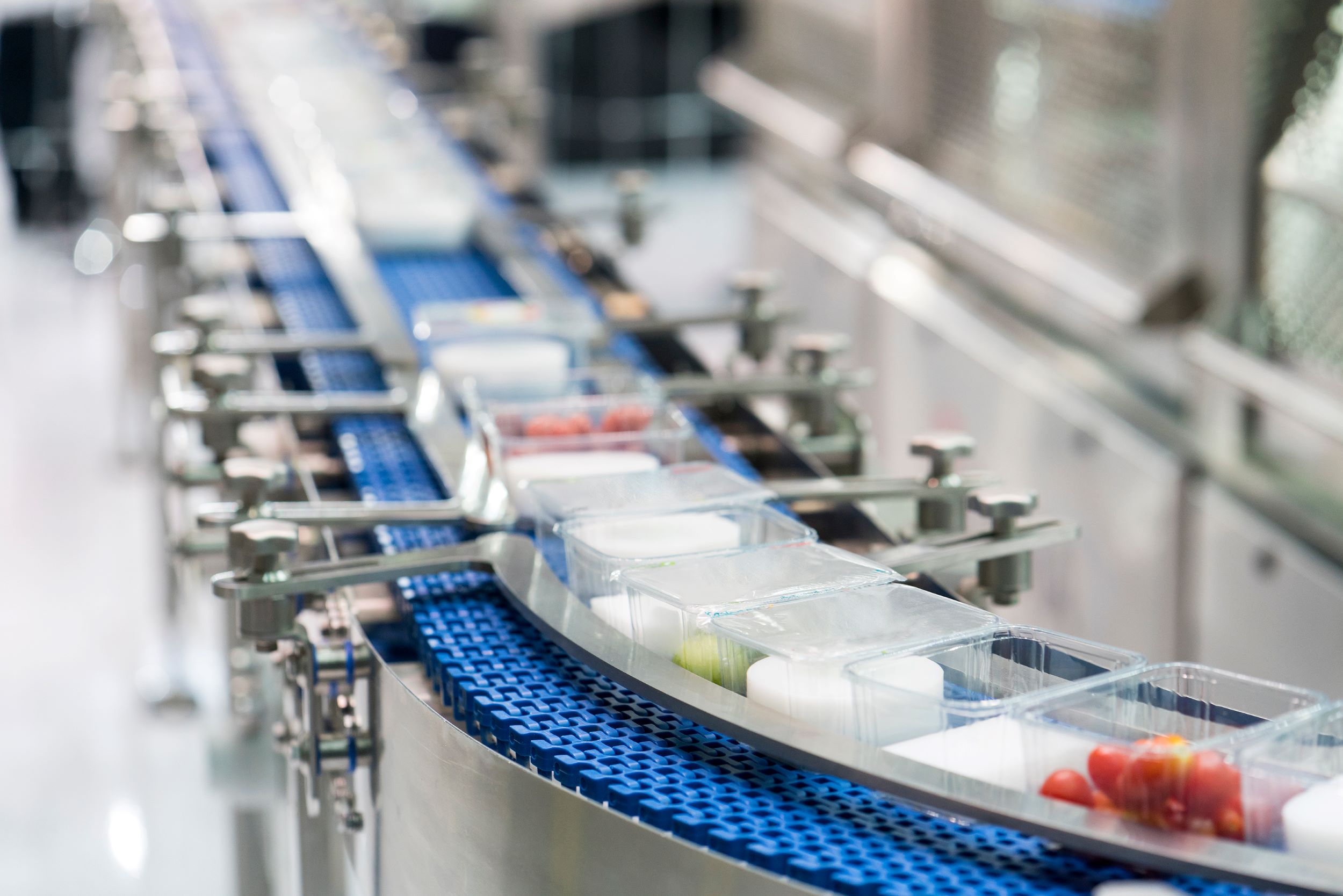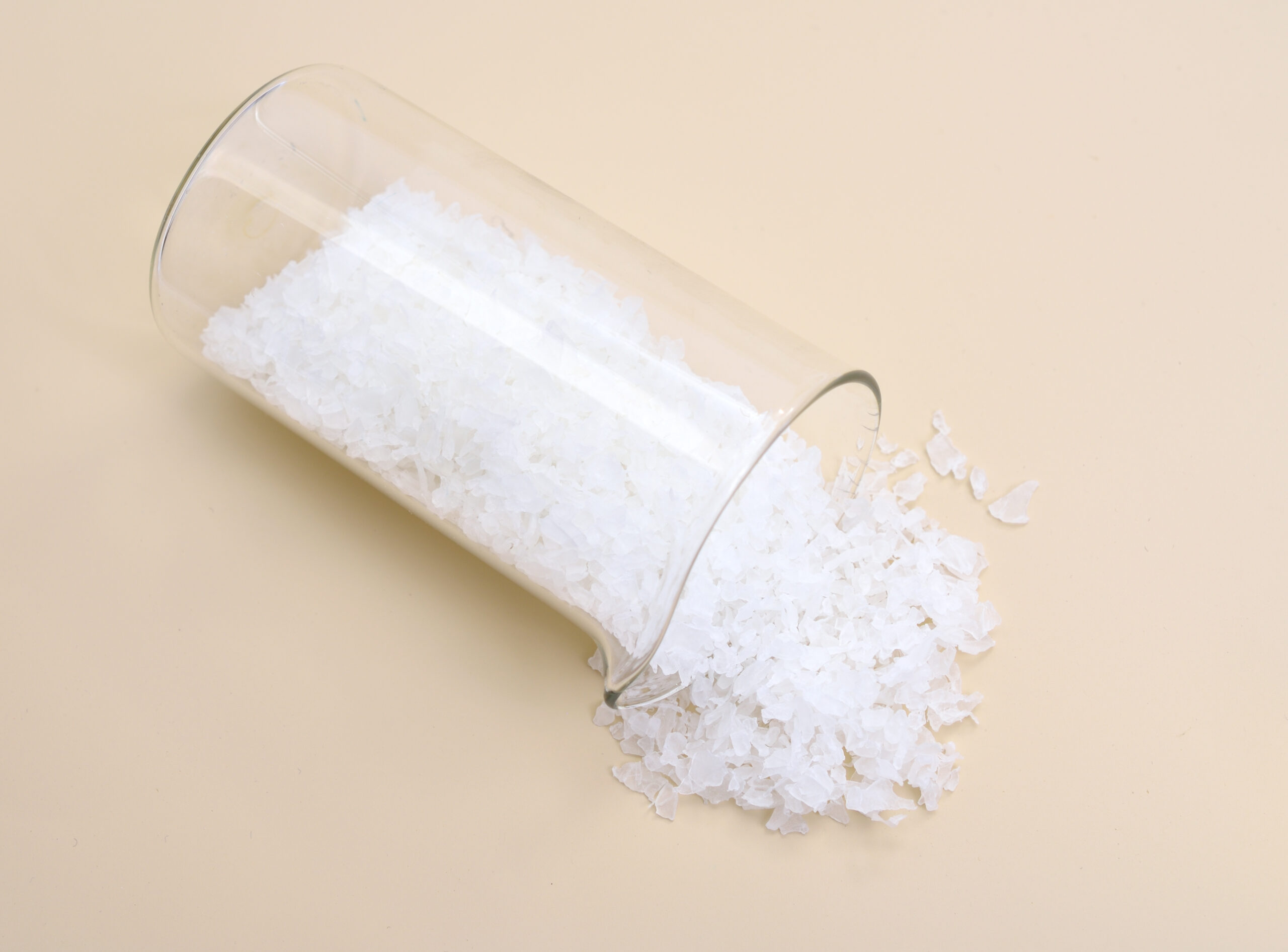Eco Friendly Cutting: Environmental Benefits off Waterjet Cutting
The world is rapidly moving towards sustainable development and the technological advancements are primarily focused on protecting the environment affecting it the least. When talking about the manufacturing industry, technologies such as waterjet cutting have worked as a catalyst to boost growth at an unimaginable level. Industries are becoming more inclined towards the concept of environmentally friendly technology.
Waterjet cutting is considered one of the newest industrial cutting techniques that are available in the market. There’s no denying the fact that waterjet cutting machines are highly versatile and accurate, but there are a few environmental benefits of using them as well;
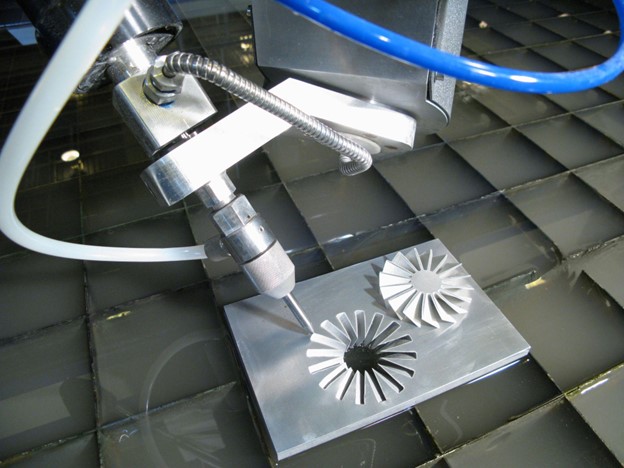
Water Reuse
As the world is running out of drinkable water, there have been numerous policies in place to save water. Wherever you go around the world, water is life.
However, it may seem that waterjet cutting is consuming a lot of water to conduct the operations but in reality, the story is very different. The technology uses half a gallon per minute but the good part is that the water is reused as it has a closed-loop system. As water is recycled, it makes waterjet technology highly beneficial for the environment.
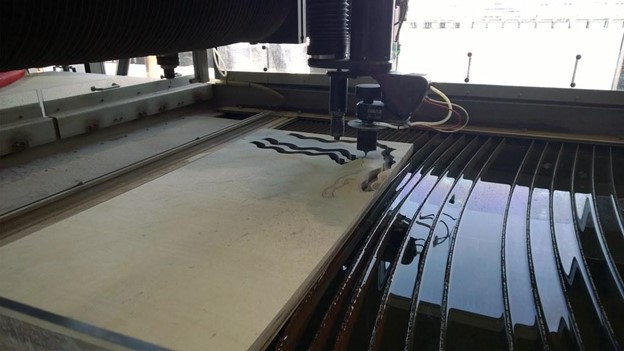
Minimum Wastage
Even though many businessmen around the world prefer water jet cutting but still wonder, is water jet cutting environmentally friendly? Well, the results are evident. Traditional cutting mechanisms were known for wasting an ample amount of material, as heavy machinery was used in cutting diverse material, it was hard to keep the wasted material all in one place. However, that’s not the case with waterjet cutting technology.
During the cutting process, removed material gets mixed with water and is later recycled very easily as compared to the traditional techniques. Due to minimum wastage, many industrial experts prefer the use of this advanced technology.
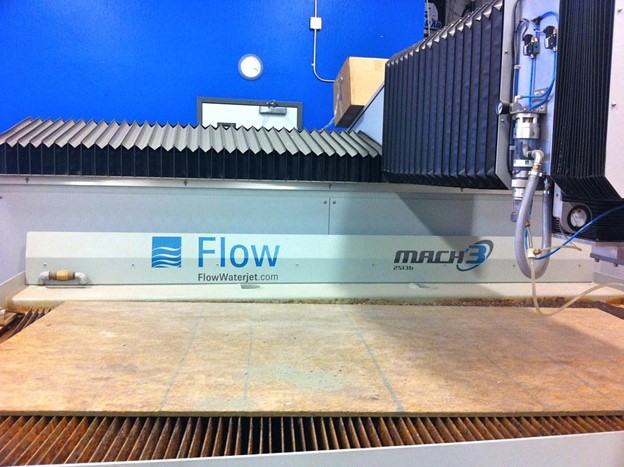
Better Work Environment
A major health risk for the workers was the toxic fumes of machinery and material dust that was created during the cutting process. As waterjet cutting relies on water for operations, the environment has become much safer for the workers. There’s minimal risk of material flying out and injuring any of the employees.
Moreover, there are very less toxic gasses emitted into the environment that usually foster the greenhouse effect, resulting in the rise of global temperatures and also contributing to making the air more toxic for humans as well as other species.
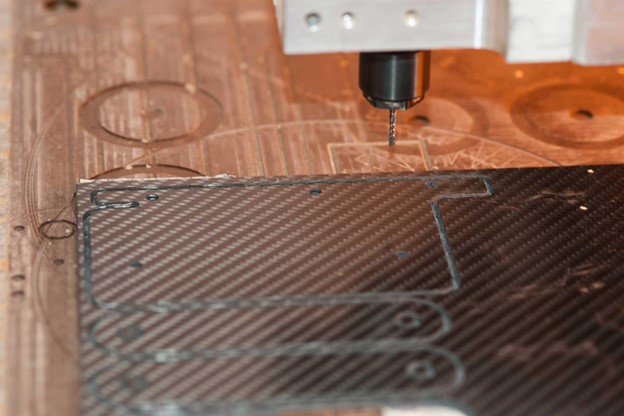
Efficient Energy Consumption
As the world is on the brink of facing a global energy crisis due to the increase in demand and lack of natural resources available below the surface. The world is moving towards energy-efficient equipment. One of the best examples can be waterjet cutting, as they are automated in nature, there’s no need of wasting extra energy. Moreover, secondary finishing is also not required, making it a tremendous choice, if you are planning to save energy and contribute to sustainable development.
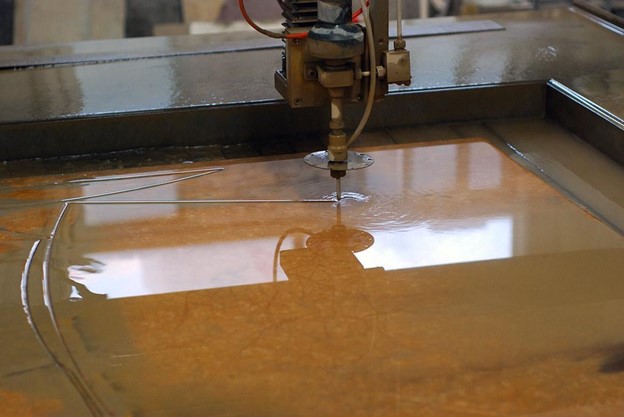
Noise Pollution
It is one of the most ignored problems around the world. There are unnumbered physical and mental adverse effects of noise pollution, one of the most prominent is increased rage and anger. Industries are known for making intense noises that are sometimes unbearable for the human ears. However, waterjet cutting has the option of underwater cutting which is tremendous in terms of eliminating the effects of noise pollution.
The underwater cutting is responsible for causing a noise level of 75 dB. The noise in a normal room with a few people has a noise level of around 60 dB. Underwater cutting technology has a voice level less than a vacuum cleaner, which has an 80dB noise level. If you want to meet the new industry standards, the underwater cutting option is the best for you.
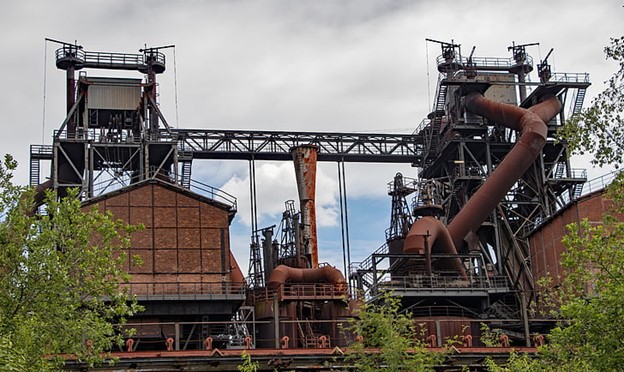
Non-Toxic Waste
One of the main problems of traditional cutting methods was always toxic waste, which was not properly disposed of or recycled afterward. Slag is created in hot-cutting processes such as laser cutting. Slag can’t be used again and has toxic traits. When it comes to waterjet cutting, no hazardous material is left. As there are no hazardous materials left, it makes waterjet cutting is a good option to choose.
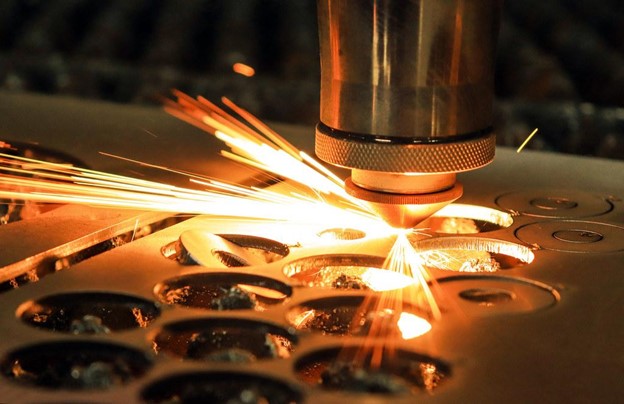
Conclusion
Industries are taking every step to move towards green technology and make the world a better place to live for the current generation and the coming ones. For this, reducing carbon footprint or using energy-efficient technology is a must. Traditional methods usually cut large components which require heavy-duty vehicles for transportation, ultimately increasing the carbon footprint.
However, waterjet cutting is capable of making small components that can be easily transported from one location to another. Moreover, this technology does not demand the use of harmful coolants or lubricants. As the water used in the process is itself a coolant, there is no need to have one.
